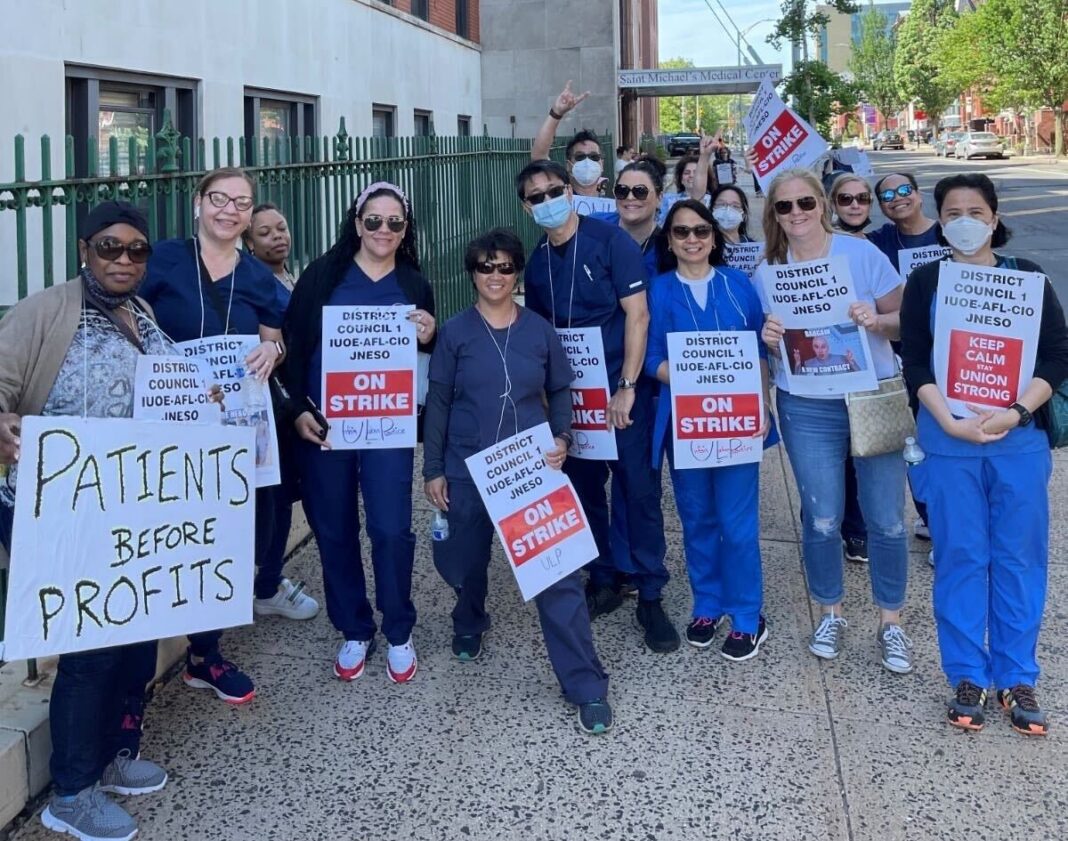The ongoing labor dispute at Kapi‘olani Medical Center for Women and Children in Honolulu has escalated, leading to the arrest of 10 demonstrators on September 23, 2024. The demonstrators were protesting the lockout of about 600 nurses, which followed a one-day strike earlier in the month. The protests were aimed at drawing attention to the nurses’ demands for safer staffing levels and improved patient care conditions. Those arrested, including state legislator Kim Coco Iwamoto and Democratic candidate Ikaika Hussey, were blocking buses transporting temporary nurses hired to replace the locked-out union members.
Despite the tensions, negotiations between the Hawaii Nurses’ Association and Kapi‘olani Medical Center continue, though no agreement has been reached yet. Both parties are set to meet for further discussions, with the possibility of involving a federal mediator being floated by Hawaii Governor Josh Green.
In addition to the arrests, the broader implications of the strike and lockout at Kapi‘olani Medical Center are becoming more evident. The nurses, represented by the Hawaii Nurses’ Association, have been advocating for safer nurse-to-patient ratios, citing concerns over patient safety and the well-being of the nursing staff. The hospital, however, maintains that it has been providing appropriate care with the help of temporary nurses and claims it is necessary to ensure patient care is not disrupted.
The lockout came as a direct response to the nurses’ one-day strike, and hospital management has taken a firm stance, stating that the locked-out nurses will only be allowed back if they agree to the hospital’s contract terms without conditions. This has sparked public outcry, leading to increasing support for the nurses from various community members, political figures, and labor rights advocates.
Governor Josh Green and Attorney General Anne Lopez have suggested federal mediation as a potential way forward. Governor Green emphasized that nurses are a critical part of Hawaii’s healthcare system and encouraged both parties to seek assistance from a neutral third party to help reach a fair agreement. Mediation, he said, could help break through the stalemate and guide both sides towards a solution that ensures the continued care of Hawaii’s most vulnerable patients.
This ongoing dispute, now marked by civil disobedience and multiple arrests, highlights the high stakes involved not just for the nurses, but also for the quality of healthcare in Hawaii. As contract negotiations continue, the hope is that mediation could provide a pathway to resolve the conflict while addressing the safety and staffing concerns that sparked the strike.




